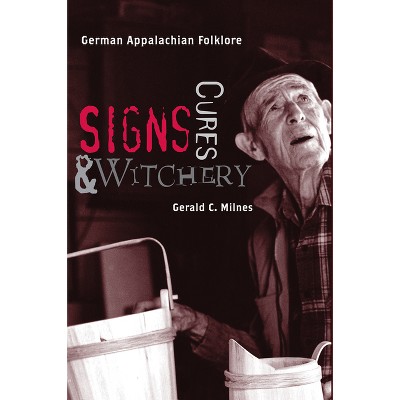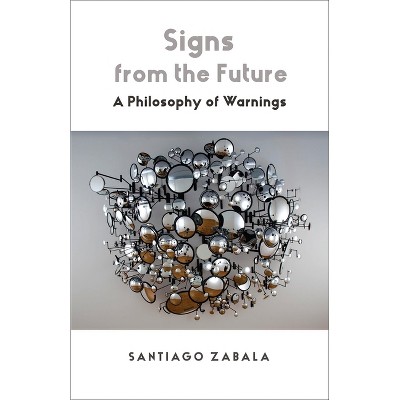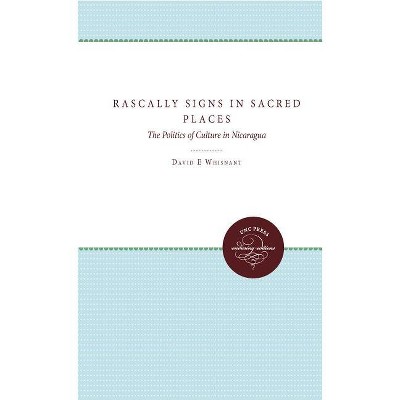Sponsored

Conversing by Signs - by Robert Blair St George (Paperback)
In Stock
Sponsored
About this item
Highlights
- The people of colonial New England lived in a densely metaphoric landscape -- a world where familiars invaded bodies without warning, witches passed with ease through locked doors, and houses blew down in gusts of angry, providential wind.
- Author(s): Robert Blair St George
- 480 Pages
- Social Science, Folklore & Mythology
Description
About the Book
The people of colonial New England lived in a metaphoric landscape, beset with superstition and fear of dangers, real and imagined, seen and unseen. According to folklorist Robert St. George, meaning was layered, often indirect, and inextricably intertwined with memory, apprehension, and imagination. Understanding their "language" is essential to appreciating their history. 134 illustrations.Book Synopsis
The people of colonial New England lived in a densely metaphoric landscape -- a world where familiars invaded bodies without warning, witches passed with ease through locked doors, and houses blew down in gusts of angry, providential wind. Meaning, Robert St. George argues, was layered, often indirect, and inextricably intertwined with memory, apprehension, and imagination. By exploring the linkages between such cultural expressions as seventeenth-century farmsteads, witchcraft narratives, eighteenth-century crowd violence, and popular portraits of New England Federalists, St. George demonstrates that in early New England, things mattered as much as words in the shaping of metaphor. These forms of cultural representation -- architecture and gravestones, metaphysical poetry and sermons, popular religion and labor politics -- are connected through what St. George calls a 'poetics of implication.' Words, objects, and actions, referentially interdependent, demonstrate the continued resilience and power of seventeenth-century popular culture throughout the eighteenth century. Illuminating their interconnectedness, St. George calls into question the actual impact of the so-called Enlightenment, suggesting just how long a shadow the colonial climate of fear and inner instability cast over the warm glow of the early national period.Review Quotes
[M]ajor-yea, an outstanding-contribution to material culture, New England, and early American studies, and should take its place proudly.
"Vernacular Architecture Newsletter"
[M]ajor--yea, an outstanding--contribution to material culture, New England, and early American studies, and should take its place proudly.
"Vernacular Architecture Newsletter"
ÝA¨ "tour de force" examination of the multiple meanings embedded in corporeal things.
"The Journal of American History"
ÝM¨ajor--yea, an outstanding--contribution to material culture, New England, and early American studies, and should take its place proudly.
"Vernacular Architecture Newsletter"
In its loving treatment of detail and its balanced and profound reflections, the book makes a wonderful read.
"Journal of American Folklore"
"[M]ajor--yea, an outstanding--contribution to material culture, New England, and early American studies, and should take its place proudly.
"Vernacular Architecture Newsletter""
"In its loving treatment of detail and its balanced and profound reflections, the book makes a wonderful read.
"Journal of American Folklore""
[A] "tour de force" examination of the multiple meanings embedded in corporeal things.
"The Journal of American History"
Perhaps the book's greatest accomplishment is its willingness to question long-standing assumptions.
"American Historical Review"
St. George finesses the epistemic shift from faith to science into a richly suggestive account.
"American Literary History"
Shipping details
Return details
Trending Non-Fiction











